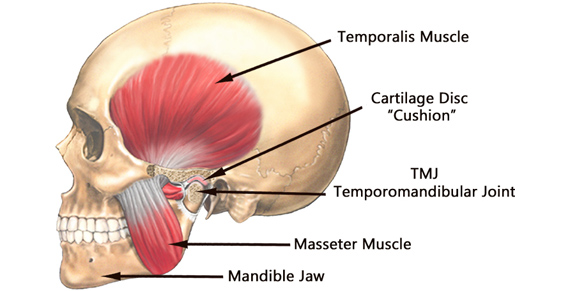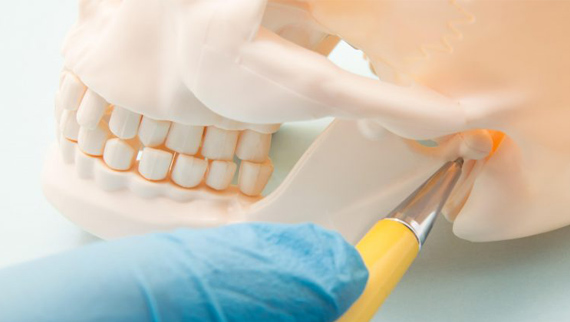What is the TMJ?
Experts cannot agree on the prevalence of TMJ problems. If the definition is limited to only those people who have clicking and localized pain in the TMJ, then this is found in 4% of the general population. However, if you consider that a person with a TMJ imbalance could have symptoms such as headaches, dizziness, muscle pain, etc., then the estimates start at 20% of the population and increase from there.
How common are problems with this joint?
Experts cannot agree on the prevalence of TMJ problems. If the definition is limited to only those people who have clicking and localized pain in the TMJ, then this is found in 4% of the general population. However, if you consider that a person with a TMJ imbalance could have symptoms such as headaches, dizziness, muscle pain, etc., then the estimates start at 20% of the population and increase from there.
What causes problems in the TMJ?
The most common causes of TMJ problems include stress, bruxism (clenching of the teeth), malocclusion (improper bite), and trauma. Trauma can be from an accident or from improper over-use of the joint. An example would be chewing only on one side of your mouth.


What symptoms can be attributed to imbalances in this joint?
The symptoms that can be created from an imbalance in this joint are very far reaching. A general statement is that almost any symptom of head and neck pain could have as at least part of its cause an imbalance in this joint. This includes pain and ache in the jaw, teeth, sinuses, behind the eye, in the ear, on the side and back of the head. In addition to this, you can have pain and restriction in your shoulder and even changes in how you walk.
Treatment
Treatment consists of evaluating and balancing the muscles of the jaw and neck. Night grinding may require a mouth-guard. Co-treatment with a dentist may be needed for malocclusion problems.
